Leadership Profile: Nigel Tresise
Next in our Leadership Profile series, we spoke with Design Insider Ambassador, Director and Owner of align, Nigel Tresise. It was a pleasure to speak with Nigel and learn more about his leadership qualities, his own experiences within the industry and some advice if you’re trying to build a new team and company for the first time.
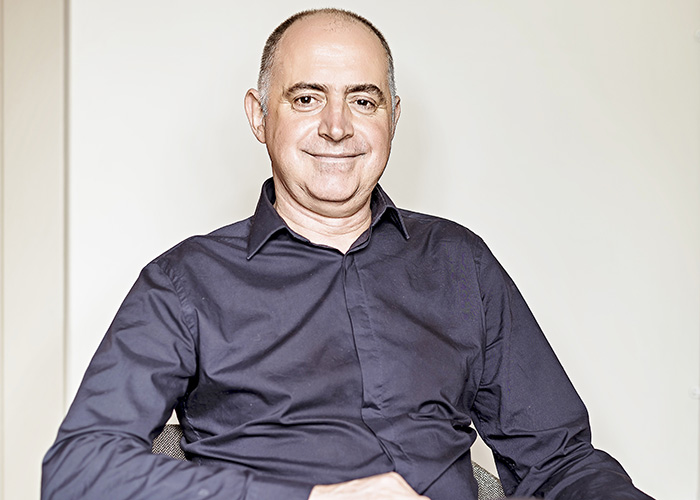
Nigel Tresise, align
Please could you introduce yourself and your role?
I’m Nigel Tresise and I’m the Director and Owner of a boutique multi-disciplinary interior architecture and design practice called align. We’re based in London, just off Exmouth Market and we work across the workspace, hospitality, mixed-use and residential sectors, nationally and internationally, with live projects currently in London, Daventry, Yeovil, Edinburgh, Luxembourg, Geneva and Milan!
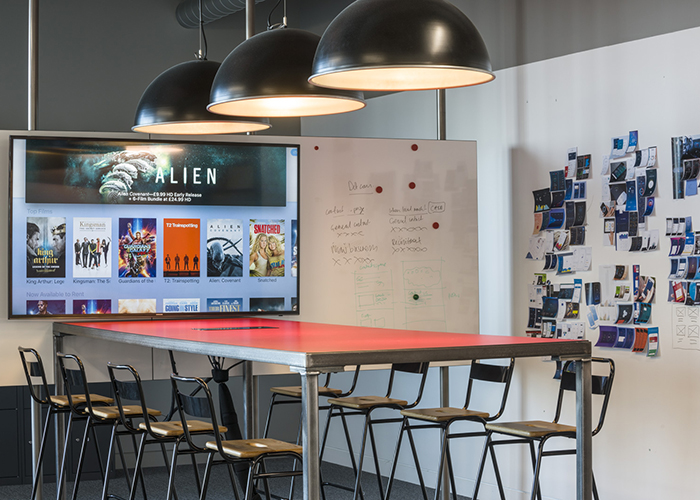
Workspace is a specialist sector for align
How would you describe yourself as a leader?
I try to be as calm and encouraging as possible in terms of my leadership style, to encourage everyone on the team to have a voice. I also try and push people gently, in a collaborative and supportive way, challenging them so that they also learn to push themselves and take chances. However much you teach people, allowing them to take those chances – and have a sense of ownership over both risk-taking and its outcomes – remains the only real way to learn.
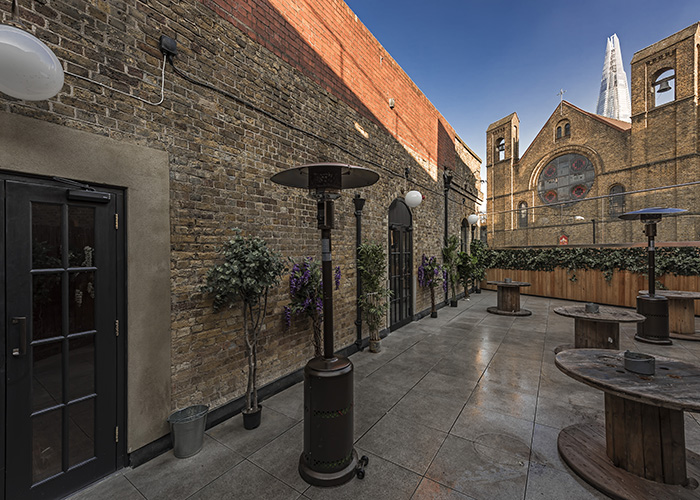
The practice’s portfolio also includes hospitality projects, such as Omeara, a Mixology Hospitality prize winner
What career experiences have particularly influenced your approach to leadership?
I started with a very positive example under the leadership of Tony Clare, a Director at Cochrane McGregor, a space-planning and design consultancy I worked at many moons ago. Tony had a really great nurturing ethos towards his team and a super-calm and caring manner. Thanks to him, I learnt the very best management style from the outset.
I have also – of course – seen the opposite over the years. Poor people-management skills is an industry-wide problem, I think. Designers rise through the ranks based on technical and design skills and then end up in charge of people, without any specific HR training. Whilst some people will be good at this instinctively, it’s frankly often a matter of chance. There should probably be people-management courses, which prospective team leaders and senior managers should be obliged to take. On a wider economic level, the lack of investment in training generally in the UK has to be a major contributor to the low levels of productivity this country still suffers from.
Long before I started my career, I had another fantastic example of the benefits of a patient, calm and inclusive approach to teaching from my dad. I spent hours growing up at his side in the garage tinkering with cars and it was this, more than anything, that sparked my initial interest in design and engineering.
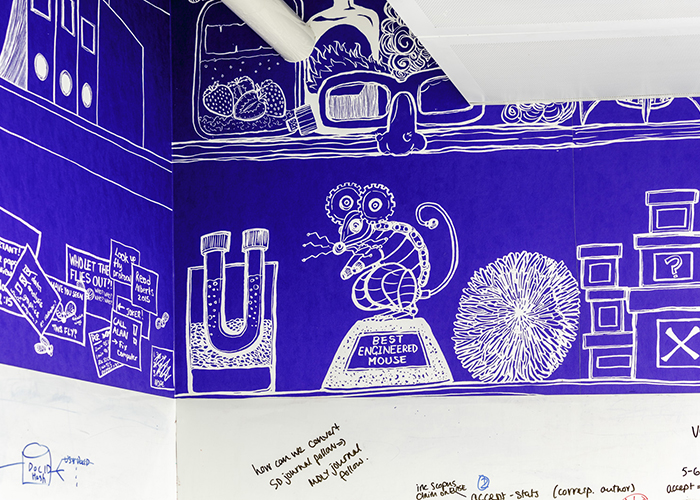
People need to take chances to learn
Is there an aspect to leadership which you particularly enjoy, an area which you find particularly interesting or an aspect which you feels needs increased visibility or support?
I love seeing a team member’s career develop and being able to watch them grow in confidence over a period of time.
I also love the early stages of getting to know a new client. One of the great things about design is the sheer range of people and business types you get to work with and, as a business development leader also, I love that constant broadening of my own experience and expertise.
As the sole leader of the practice, I spend a lot of time covering a huge number of bases, from HR, training, mentoring, business development, sales, marketing and PR to client relations, project programming and delivery, legal compliance, tech and IT management, as well as everything to do with the management of our premises. I think that’s the real difference between a senior manager in a larger enterprise and an SME owner – the sheer breadth of skills you need to run a small business, which is perhaps under-appreciated? Your eye really needs to be everywhere, picking up very quickly on anything that could become a potential issue.
I have to say, finally, that I particularly love sending out invoices! Partly because it signifies a job well done, but also as constant reminder of the fragility of business life. Cashflow is all!

An absurdist bookcase for Brand Opus
What challenges has the covid pandemic created for you as a business and how did you resolve them / are you resolving them?
When Covid-19 hit, we were in a very fortunate place, with projects on site that could carry on, even under the new regulations. I think we were very lucky that our project pipeline meant we weren’t staring at the horizon, working out where new business could possibly come from, which was definitely the case for some practices.
We didn’t have to let any staff go either, which was a huge deal for a boutique agency, where our team is absolutely our number one asset. I was pleasantly surprised too by how IT stepped up to help us work collaboratively online. The team worked quite seamlessly on the whole in our new remote mode, and we even did some client workshops remotely, via a slightly clunky App. The latter experience did reveal the limitations of technology in terms of not being able to read the room as well as usual in terms of body language and atmosphere, so technology definitely has its limits. The pandemic certainly reinforced the value of meeting clients or creating any other new relationship face to face initially.
Another notable development was the sudden news void in the media world, which meant that anyone who genuinely had something to say about the lessons we were all learning and the future that might all point to really had a platform. align’s Co-founder Gurvinder Khurana (who has since moved on to a top job at M Moser, though, happily, remains in place as my wife!) used that platform to become particularly visible during lockdown as a guest on digital panels taking place all over the world. The pandemic strangely handed us a giant microphone, which a lot of female leaders in particular grasped with both hands, which was very interesting, whilst the traditional framework of business life faded into the background for a while.
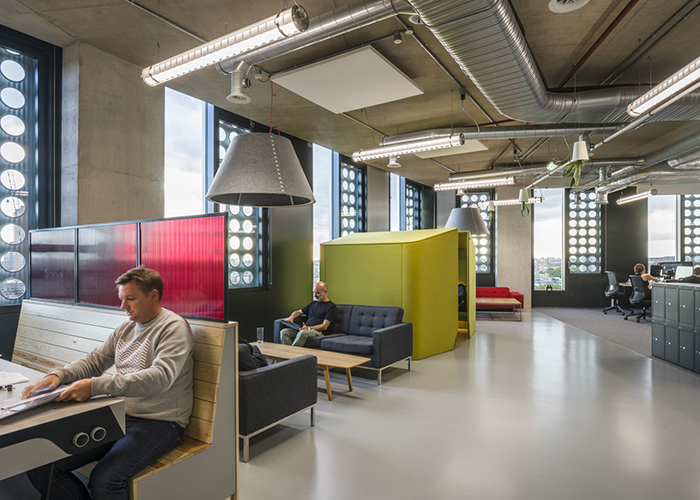
Learning to manage people is key
What do you think are the biggest challenges facing the design industry today?
Our number one task as design practitioners now and into the future is to grasp every opportunity to be as sustainable as possible and to leverage every relationship we’ve got for the benefit of the environment. Construction can have such a negative impact on the environment and it’s absolutely time to drag that relationship back towards net carbon zero. I was recently invited to join the WOD Sustainable Design Committee, linking up with other design professionals seeking to share knowledge and advance our industry’s journey. At align, we’ve also appointed our very first Sustainability Researcher. The subject is only going to get more important over time.
I think knowledge transfer between generations is also a major issue which has been exacerbated by the pandemic. In the creative industries, what we’re really selling is ideas. We’re a knowledge-based industry and it’s been too easy to get silo’d into smaller and smaller working groups. It’s been a constant challenge to ensure younger team members are properly exposed to the experience of more senior designers.
Finally, it’s high time – more than! – that people stopped expecting or giving away free work and effectively devaluing what all of us do. Perhaps we need to become more like lawyers, logging the duration of every phone call?!
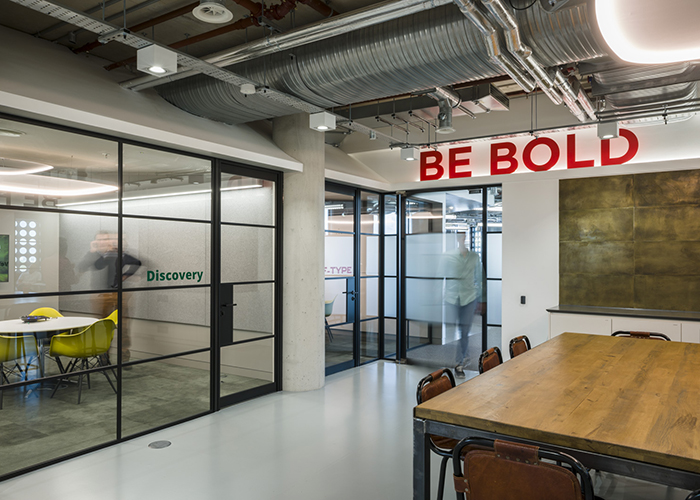
‘Be Bold’ – part of the award-winning Spark44 project at The White Collar Factory by align
What is your personal design vision?
My over-riding design vision is very simple and unchanging – to leave places in a better condition than we found them in. What has changed, however, is the degree to which that now means not just the immediate environment we’ve been working on, but the planet itself – and persuading clients to join us on that net zero journey.
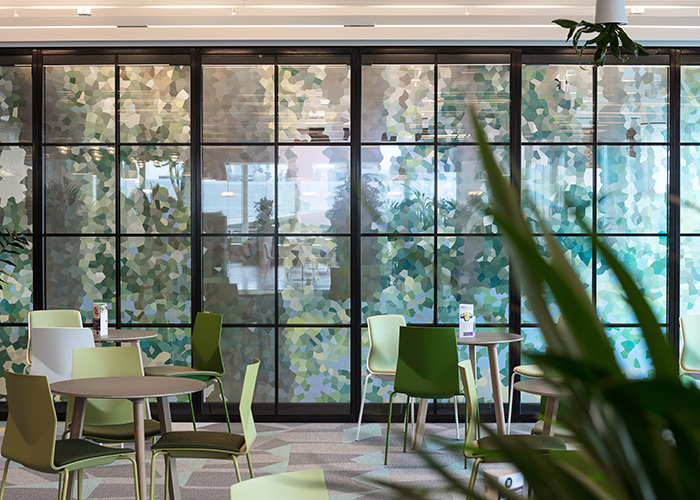
align now has a dedicated Sustainability Researcher
Do you think leadership can be taught? Are there any areas of leading a business you would like to be better at personally?
As per my earlier answer, I think HR procedures and good procedures can be taught, but the charismatic quality that makes for a really good leader is perhaps more of an instinctive thing?
As for who mentors leaders, that’s a big conversation still and would be a good conversation to have more openly. Personally, I’m humble enough to admit I’m OK at quite a lot of it and I’d like to be better at all of it!
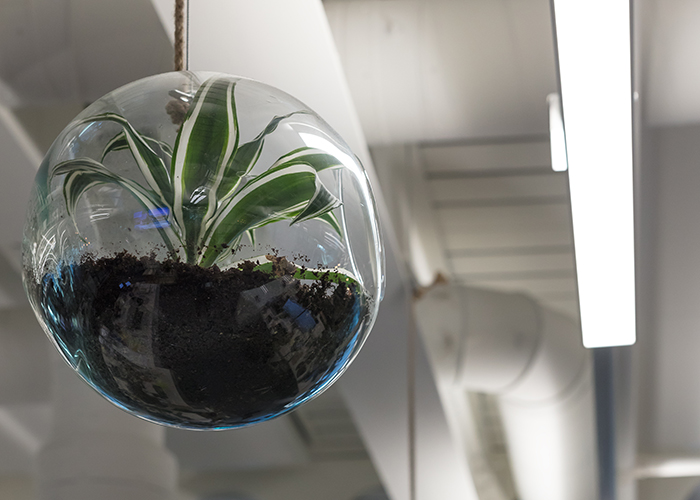
We need to ‘leave places in a better condition than we found them in’
What advice would you give to someone trying to build a new team and company for the first time?
I’d certainly say to join a big practice first, not only for the experience, but for the exposure to more major clients. You definitely need to have an initial period of investing in making good connections at the highest level before starting up on your own.
When you’re building a team, the most important thing is to be very careful in the early stages about personality types, because you really need all-rounders for a while before specialists. And, no matter how good your interview technique, you’ll never really get to know someone properly at the interview stage, so it’s really wise to start with a 3-month freelance contract to see how things pan out and to get to know the person well enough before you offer a full-time job.
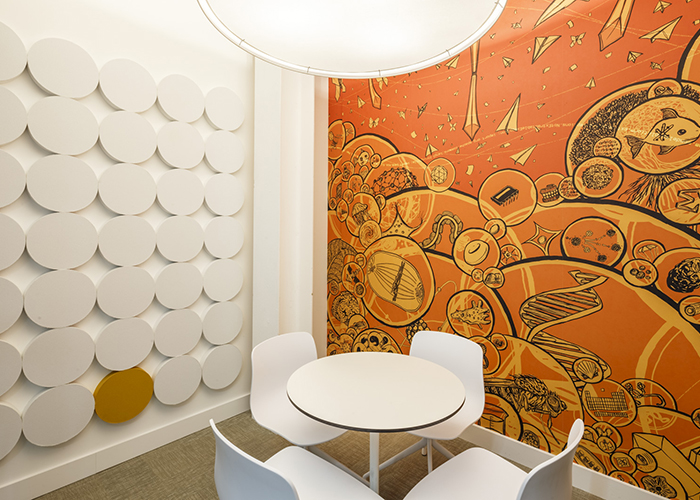
Being good to the planet is now a wider concern for all designers




